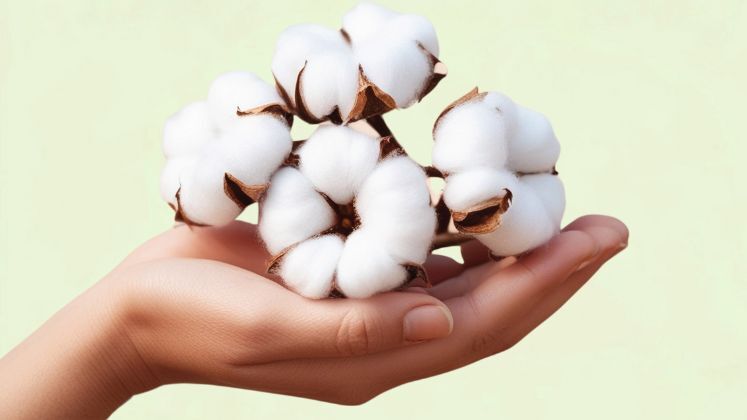
The premium cotton initiative Kasturi Cotton Bharat, launched to position India as a producer of globally recognised, high-quality cotton, is encountering early obstacles due to inadequate testing and certification infrastructure. Industry experts caution that unless these issues are swiftly resolved, India’s progress in long-staple cotton production could be jeopardised, undermining its ambitions to rival global benchmarks such as the United States’ Supima and Egypt’s Giza.
In the past two years, the production of long-staple cotton—defined by staple lengths of 29–30 mm, high strength, and minimal trash—has risen from 45,000 tonnes to 110,000 tonnes. Cotton marketed under the Kasturi brand is expected to command a premium of over 5% in international markets, provided it meets stringent quality standards. However, limited certification capacity threatens this growth.
Currently, only four NABL-accredited laboratories—ATIRA (Ahmedabad), BTRA (Mumbai), NITRA (New Delhi), and SITRA (Coimbatore)—are authorised to test and certify Kasturi Cotton. With increasing production and demand, this limited network is becoming a major bottleneck.
Dr Siddhartha Rajagopal, Executive Director of TEXPROCIL, emphasised the urgency of expanding testing capacity, stating that more NABL-accredited laboratories are essential to ensure faster and wider certification of Kasturi Cotton. He noted that several proposals for new labs are in the pipeline and expected to be approved soon.
The testing process involves assessing cotton samples for parameters such as moisture, strength, staple length, and trash content, with results geo-tagged to ensure traceability and authenticity. Delays in certification could prevent producers from accessing premium global markets in time, resulting in financial setbacks.
Dr Rajagopal also highlighted the importance of improved harvesting and storage practices, suggesting that farmers adopt simple measures such as using gloves and hair masks during plucking to minimise contamination.
While India remains the world’s largest cotton producer, much of its output has traditionally been short-staple fibre (20–24 mm) with higher levels of impurities. The Kasturi Cotton initiative represents a strategic effort to reverse this trend and build global confidence in Indian cotton.
On World Cotton Day this year, the Union Minister for Textiles reaffirmed the government’s commitment to strengthening the Kasturi Cotton brand and called on the industry to work collaboratively towards establishing it as a trusted name in the global cotton trade.






